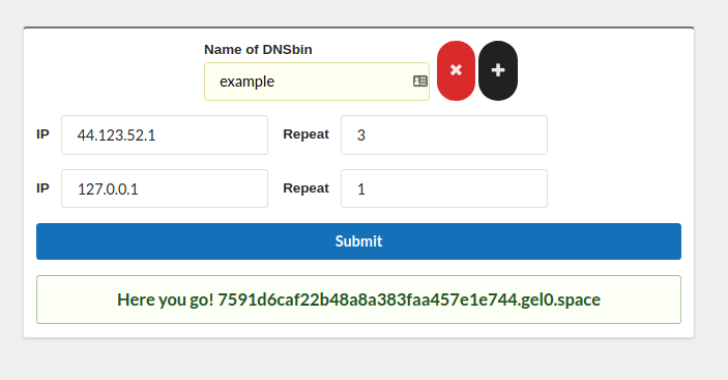It stands for “comm and injection exploiter.” Commix is a state-of-the-art open-source tool made for penetration testers and other cybersecurity experts. Anastasios Stasinopoulos made Commix, a tool that automatically finds and takes advantage of command injection weaknesses, which is a key part of testing the security of web applications.
This article goes into detail about how to install Commix and how to use it, focusing on how important it is in current cybersecurity practices. We will also talk about the user guides and problem tracker, as well as the fact that it can be used in multiple languages, with translations available in Farsi, Greek, and Indonesian.
Commix (short for [comm]and [i]njection e[x]ploiter) is an open source penetration testing tool, written by Anastasios Stasinopoulos (@ancst), that automates the detection and exploitation of command injection vulnerabilities.

You can visit the collection of screenshots demonstrating some of the features on the wiki.
Installation
You can download commix on any platform by cloning the official Git repository :
$ git clone https://github.com/commixproject/commix.git commixAlternatively, you can download the latest tarball or zipball.
Note: Python (version 2.6, 2.7 or 3.x) is required for running commix.
Usage
To get a list of all options and switches use:
$ python commix.py -hTo get an overview of commix available options, switches and/or basic ideas on how to use commix, check usage, usage examples and filters bypasses wiki pages.

.webp)








.webp)









